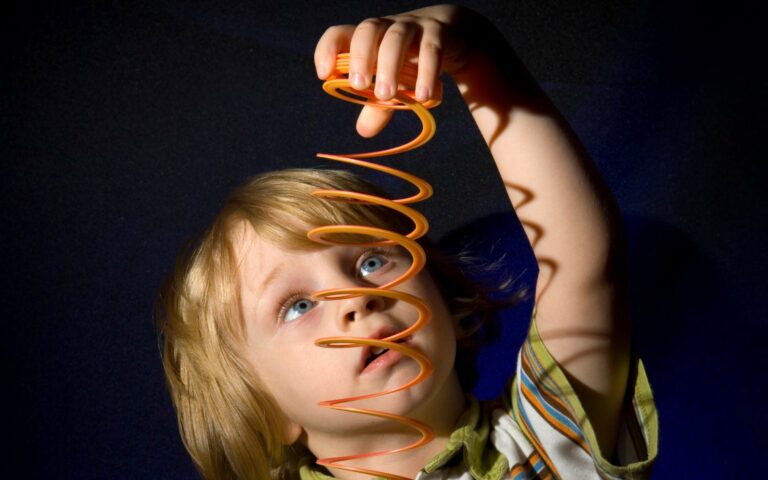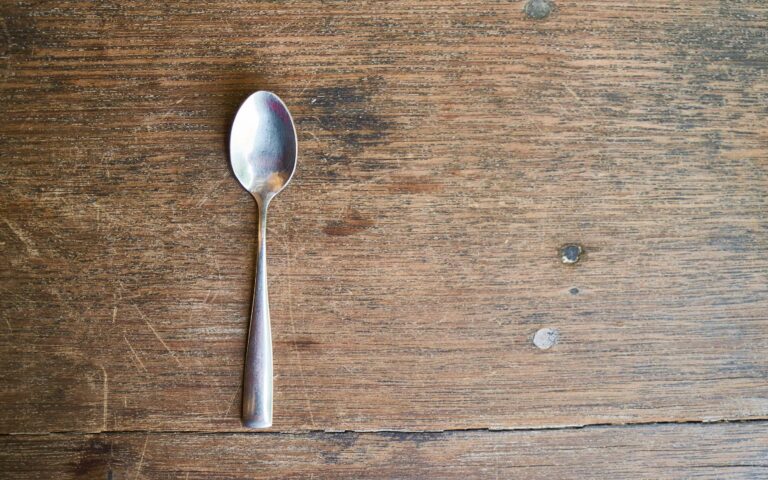The source of all sound is vibrations (put your hand on your throat and hum a song, what do you feel?). In this activity, you can explore vibrations and the sounds that they make!
Terms & Concepts:
- Sound
- Physics
- Vibrations – Sound is produced when something vibrates, or rapidly moves back and forth. The vibrating body causes waves to move through the medium (air or water), where they eventually reach the delicate skin in our ears. Our brain is able to recognize that these waves or vibrations are sounds made by different things. The sound and shape of these sound waves determine what kind of sound you hear!
Materials:
- Paper Cup
- Twine or string
- Plastic or paper cups
- Twine or string (~3 feet (1m) in length)
- A paper clip
- Dampened sponge or folded paper towel
- Sharp Pencil or something to poke a small hole in the bottom of your cup
Instructions:
- Carefully, or with the help of an adult, use the sharpened pencil to poke a small hole into the bottom of your cup.
- Thread the string through the hole
- Tie your paper clip to the end of the string that is on the outside of your cup.
- Pull the string the rest of the way through so that the paper cip sits on the bottom of the paper cup
- Take your dampened sponge and pull down on the string to make some fun barnyard sounds!
Think About It!
- Did the noisemaker work? If not, how could you engineer it differently?
- The cup in this activity acts as a sounding board, like the curved backdrop that choirs sing in front of or public speakers speak in front of – its purpose is to direct and amplify the sound towards the audience. The vibrations from the string without the cup would be almost silent, but the cup spreads the vibrations and amplifies them (makes them louder).
- Experiment with engineering and design!
- Does a different type of string work better or make the sound louder or quieter?
- Does the size of the cup make the sound louder or quieter?
- Try a wet material other than a paper towel – what produces the loudest sound?





